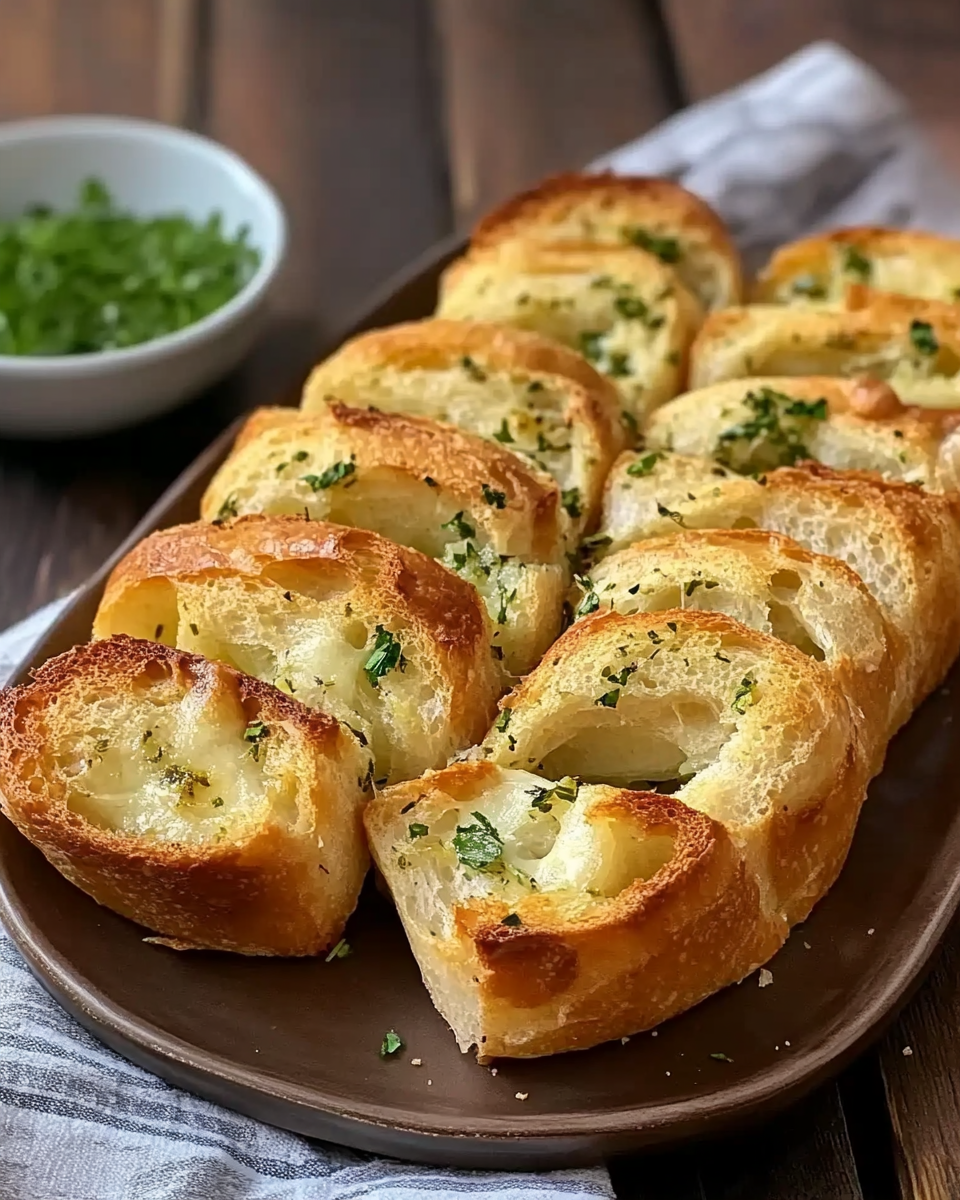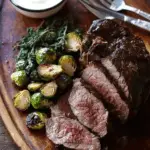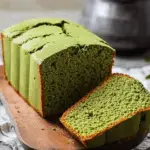The Importance of Bread Choice
The foundation of great garlic bread starts with the bread itself. Italian bread and French baguettes are ideal because of their crusty exteriors and soft, airy interiors. These breads hold up well under the weight of the buttery herb mixture, absorbing flavors without becoming soggy.
The slightly chewy crumb of these breads offers a satisfying texture contrast to the crisp, golden crust achieved during baking. The choice of bread can subtly influence the overall flavor and texture of the dish, so selecting fresh, quality bread is a key step in achieving the perfect herbed garlic bread.
Buttery Garlic and Herb Mixture: The Flavor Core
The star of herbed garlic bread is the garlic herb butter spread. Softened unsalted butter acts as the rich, creamy base, helping to carry and meld the flavors. The addition of minced garlic imparts a robust, pungent aroma that is both savory and inviting.
Fresh parsley brings a bright, grassy note that lightens the richness of the butter and garlic. Meanwhile, dried oregano and basil add layers of earthy, slightly sweet complexity. These herbs combine to create a well-rounded flavor profile that is both familiar and deeply satisfying.
Salt enhances all these flavors, ensuring that the bread isn’t bland and the ingredients shine through in harmony. Optional Parmesan cheese adds a salty, nutty finish that melts into the butter, introducing an additional dimension of savory richness.
The Art of Achieving Perfect Texture
The contrasting textures of herbed garlic bread contribute significantly to its enjoyment. Baking the bread allows the butter to melt into the crevices while the edges crisp up to a golden brown. This process creates a crunchy crust that contrasts with the soft, flavorful crumb inside.
For those who prefer an extra crunch, a brief broiling step finishes the bread with an irresistible crispness on top without burning the garlic or herbs. This layering of textures is crucial to the dish’s success and satisfaction.
Versatility and Serving Suggestions
Herbed garlic bread’s versatility is one of its strongest attributes. It pairs beautifully with Italian dishes like pasta, lasagna, and pizza, soaking up sauces and adding a delicious side crunch. It also complements hearty soups and stews, offering a perfect vehicle for dipping and savoring broths.
For lighter meals, serving garlic bread alongside fresh salads adds a satisfying contrast of textures and flavors. It’s also a great appetizer or snack on its own, especially when accompanied by marinara sauce, olive tapenade, or a cheese platter.
Nutrition and Portion Control
While herbed garlic bread is undeniably delicious, it is also rich in fats from butter and cheese. It contains a moderate amount of carbohydrates from the bread, with some protein from the Parmesan cheese. The sodium content can be high depending on the amount of salt and cheese used, so it’s advisable to consume it in moderation.
Pairing garlic bread with vegetable-heavy dishes can balance the meal’s nutritional profile, contributing fiber and vitamins. For those mindful of fat intake, using less butter or opting for light butter alternatives can reduce calories while maintaining flavor.
Tips for Home Preparation
For the best results, using softened butter is essential, allowing it to spread easily and evenly over the bread. Fresh garlic should be minced finely to release maximum flavor without overwhelming bites. Mixing the herbs thoroughly into the butter ensures a consistent taste throughout.
Applying an even layer of the garlic herb butter prevents sogginess and promotes uniform browning. Baking at the right temperature for the proper duration allows the bread to crisp without burning the garlic or herbs.
If adding Parmesan cheese, sprinkle it evenly to achieve a golden, melted topping. Keeping a close eye during broiling prevents charring while achieving the desired crunch.
Creative Variations and Enhancements
Herbed garlic bread is highly customizable. Fresh rosemary or thyme can be used instead of, or alongside, parsley and oregano for different herbal profiles. Adding a pinch of red pepper flakes introduces subtle heat, perfect for those who enjoy a bit of spice.
Incorporating other cheeses such as mozzarella or cheddar creates variations with gooey or sharper flavors. Garlic butter can be enriched with lemon zest for a fresh, bright twist or a touch of smoked paprika for depth.
For a healthier take, whole grain bread or gluten-free bread can be used without compromising flavor, while light butter or olive oil blends can reduce fat content.
Presentation Ideas
Herbed garlic bread can be presented simply on a rustic wooden board or more elegantly on fine serving platters. Slicing the bread diagonally exposes more surface area, making each piece easy to handle and visually appealing.
Garnishing with fresh herb sprigs or a light dusting of Parmesan cheese adds color and texture. Serving alongside small bowls of dipping sauces enhances the experience and allows guests to customize their bites.
Conclusion
Herbed Garlic Bread is a classic, crowd-pleasing side that brings bold flavors and contrasting textures to any meal. Its crispy, buttery crust infused with garlic and fresh herbs offers a comforting yet sophisticated touch to dishes ranging from pasta to soups and salads.
This recipe’s simplicity, versatility, and delicious aroma make it a staple in many kitchens. Whether served as a warm appetizer, a side dish, or a snack, herbed garlic bread adds a flavorful and satisfying dimension to the dining experience.
With its easy preparation and customizable nature, it can be tailored to fit a variety of tastes and dietary needs, ensuring it remains a beloved favorite. Its ability to transform a meal with minimal effort is a testament to the power of great flavor combinations and classic techniques, making herbed garlic bread an essential recipe for every home cook.






